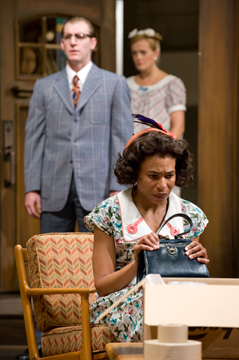
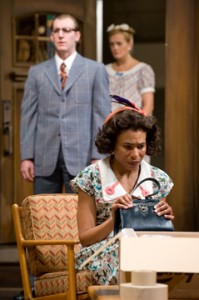 [rating=5]The changing of a neighborhood! For many years, playwrights have written stories of how the “race card” can influence the value of property, or even change an entire neighborhood- for better or worse and then, the reverse. Think back to the wonderful “A Raisin In The Sun” written by Lorraine Hansberry, that dealt with a Black woman buying a home in a White neighborhood of Chicago- Integration! In Bruce Norris’ Pulitzer Prize winning “Clybourne Park” now onstage at Steppenwolf, we get to witness events that pay homage to her work. This is a two act play separated by 50 years in which we watch a Chicago home being sold by a White family to a Black one, the first in the area and then in Act Two, with the gentrification of the area, we witness a young White family buying the same house to rebuild despite the objections of the community association. This brilliant work is about many subjects, but of the greatest importance, should a community organization have any right to tell someone how to live their lives. In Act One, , it is 1959. Russ ( John Judd) and his wife Bev ( Kirsten Fitzgerald) are getting ready to move out of their home. They are leaving the community that they have called home for many years and moving to the suburbs, where Russ will be closer to his office, but of greater importance, they will leave behind some bad memories of their home and their son and how their community handled a situation involving their son , Kenneth ( one of many roles handled by Brendan Marshall-Rashid). They are visited by Karl ( Cliff Chamberlain) and his deaf , pregnant wife, Betsy ( deftly handled by Stephanie Childers) who try to convince them not to sell their home to the Black family as it will harm the community. Their housekeeper, who is Black (Karen Aldridge, who as always gives a commanding performance) and her husband Albert ( played to perfection by James Vincent Meredith) and the minister, Jim ( handled by Brendan Marshall Rashid) get involved in the fight over what is community? And what do the people of a community owe to the others of that community?
[rating=5]The changing of a neighborhood! For many years, playwrights have written stories of how the “race card” can influence the value of property, or even change an entire neighborhood- for better or worse and then, the reverse. Think back to the wonderful “A Raisin In The Sun” written by Lorraine Hansberry, that dealt with a Black woman buying a home in a White neighborhood of Chicago- Integration! In Bruce Norris’ Pulitzer Prize winning “Clybourne Park” now onstage at Steppenwolf, we get to witness events that pay homage to her work. This is a two act play separated by 50 years in which we watch a Chicago home being sold by a White family to a Black one, the first in the area and then in Act Two, with the gentrification of the area, we witness a young White family buying the same house to rebuild despite the objections of the community association. This brilliant work is about many subjects, but of the greatest importance, should a community organization have any right to tell someone how to live their lives. In Act One, , it is 1959. Russ ( John Judd) and his wife Bev ( Kirsten Fitzgerald) are getting ready to move out of their home. They are leaving the community that they have called home for many years and moving to the suburbs, where Russ will be closer to his office, but of greater importance, they will leave behind some bad memories of their home and their son and how their community handled a situation involving their son , Kenneth ( one of many roles handled by Brendan Marshall-Rashid). They are visited by Karl ( Cliff Chamberlain) and his deaf , pregnant wife, Betsy ( deftly handled by Stephanie Childers) who try to convince them not to sell their home to the Black family as it will harm the community. Their housekeeper, who is Black (Karen Aldridge, who as always gives a commanding performance) and her husband Albert ( played to perfection by James Vincent Meredith) and the minister, Jim ( handled by Brendan Marshall Rashid) get involved in the fight over what is community? And what do the people of a community owe to the others of that community?
Act two begins in 2009, 50 years later, in the same house. Where the house was stately in the first act, it is now run down and seedy ( a tip of the hat to designer Todd Rosenthal for the wonderful set and how quickly it is converted). The same cast members take on different roles in this act as they are sitting around discussing how to resolve a problem. Chamberlain is now Steve and Childers is his pregnant wife Lindsey, and they have bought this home in order to come back from the suburban life to Chicago. It is their plan to do a tear down and build a new, modern home in this neighborhood. They are meeting with two members of the neighbrohood association, Lena (Aldridge) and her husband Kevin ( Meredith) who would like to maintain the history of the neighborhood by bringing this home back to life. On a side note- Hansberry’s lead character’s name is Lena and possibly this Lena represents the continuation of what she had started all those years ago. Fitzgerald is now Kathy an attorney ( who as it turns out is the daughter of Karl and Betsy) and Rashid, an attorney representing the Association in trying to keep all siddes happy. Act Two deals with reverse integration as part of the gentrification that we see around our city on a regular basisi. If one thinks about “Clybourne Park” one might think of the working class neighborhood just west of the Gold Coast and south of Lincoln Park that went from working class to “ghetto” and how now, the projects are gone, Dominick’s and Whole Foods exist and half million dollar condos are still being built.
What happens when one group of people push another out and after they have established their roots, good or bad, decide it’s time to come back to what used to be. The opening music to this wonderful, sincere and honest story is Perry Como’s voice on the radio singing “memories Are Made Of This” and this is indeed a house made of memories. There are some secrets that come out early in the first act and are revealed more openly as a flashback to end the second act when while removing an old tree, Dan, the contractor ( played by Judd) finds a trunk that was buried at the end of the first.. Skillfully directed by Amy Morton, this two hour “history lesson” is filled with comedy, as well as honesty and lots of emotion. There are situations that may cause you to become tense, but understand that Norris is really telling us something that most of us have seen in our lives. And he does it brilliantly!
“Clybourne Park” will continue at Steppenwolf Theatre. located at 1650 N. Halsted through November 6th with performances as follows:
Tuesdays-Sundays at 7:30 p.m. and Saturday and Sunday matinees at 3 p.m.
Sunday evenigs ONLY through October 16th
There are added Wednesday matinees on October 19th,26th and November 2nd
Tickets range from $20-$75, the $20 tickets being part of the 20 for $20 program where 20 tickets are made available for each performance ( same day only). RUSH tickets ( subject to availability) at 50% off one hour before curtain and student discounts ) $15 each)are also available ( must have valid ID and purchase ONLINE only at www.steppenwolf.org/students using the code “PARK15”.
To order your tickets visit the box office, call 312-335-1650 or visit www.steppenwolf.org
There is a post show discussion after every performance. This is not for the younger children, but I would hope that you bring your teen-agers as this is a great theatrical experience that will also help open their eyes to some history, past and current.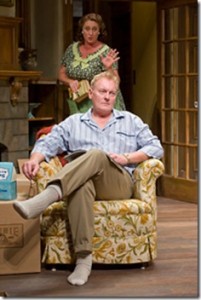



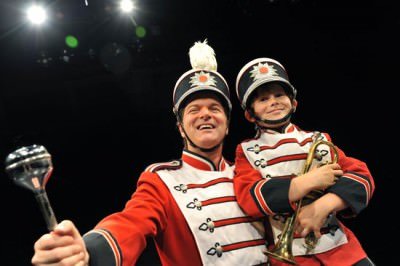

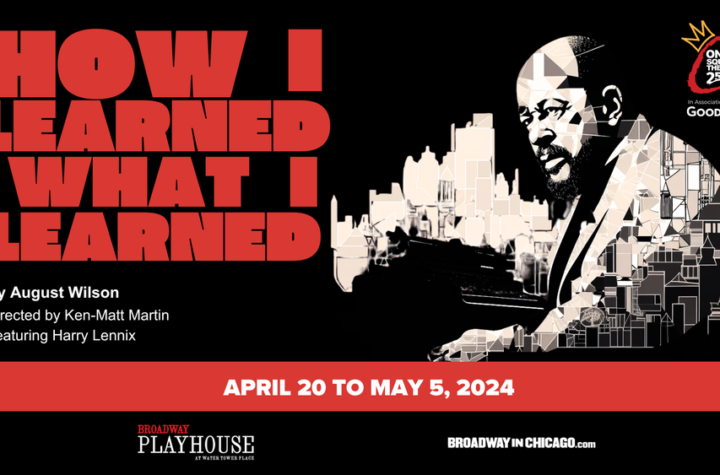
More Stories
“Barefoot in the Park”
“Joe Turner’s Come and Gone”
“How I Learned What I Learned” reviewed by Julia W. Rath